When you’re brainstorming for fun things to do with kids at home, look no further than these fun science experiments. Each hands-on project will teach your kid a little about the world—no screens necessary! Best part? Each kid-friendly experiment uses items you can probably find in your kitchen. It’s a great idea for kids heading back to school or to work into your at-home schooling routine.
Let’s get started with this pepper and soap trick. It’s an easy experiment that kids can do on their own. Fill a large bowl or plate with a half-inch of water. Add a few shakes of pepper so that the spice is floating on the surface of the water. Next, have your kiddo dip a finger in dish soap, then place it into the water. The pepper flakes will instantly react and move to the sides of the dish as the soap breaks the surface tension.
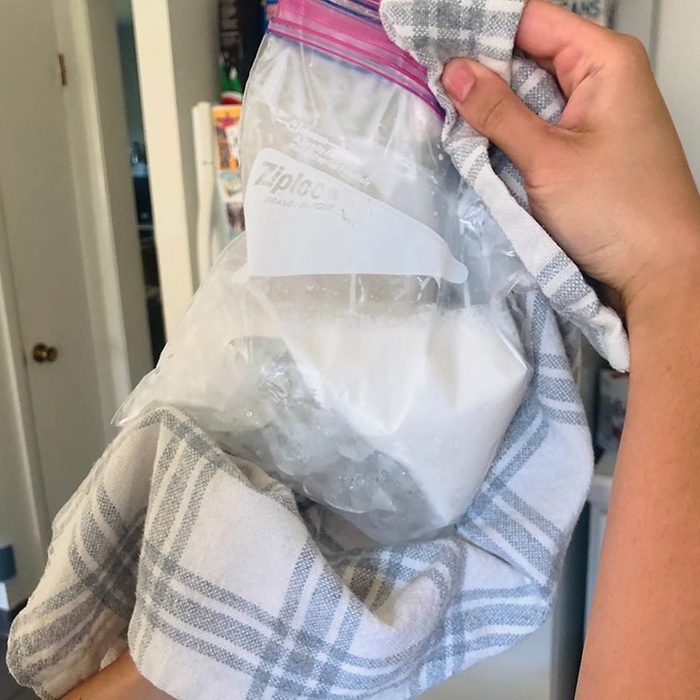
Make Ice Cream in a Bag
Learn how to make ice cream in a bag together and discover how rock salt lowers the freezing point of water. This is a kitchen science experiment where you’ll definitely want to eat the results.
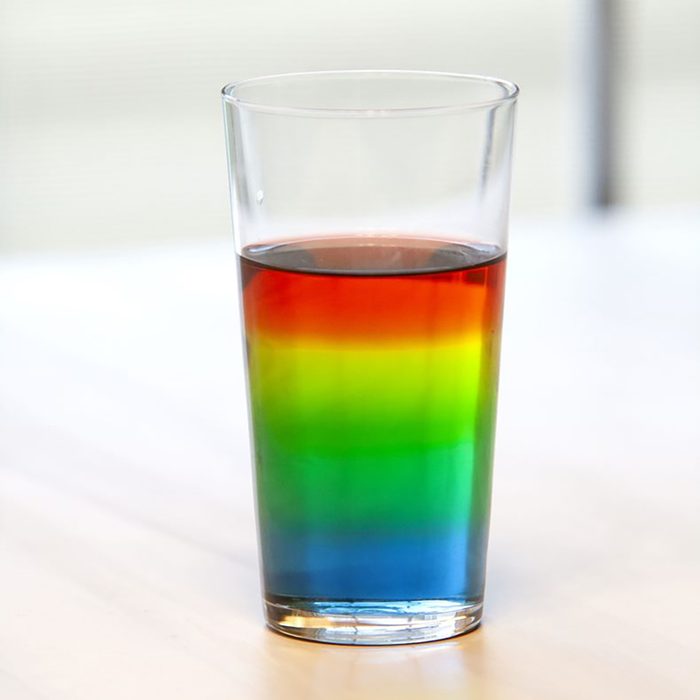
Create Rainbow Columns
Learn about density with this rainbow experiment. You’ll need sugar, water, five glasses and four food dyes. Line up four of the five glasses and fill each with exactly 45ml of water. Then, use a couple drops of food dye to make each glass of water a different color. The next step is to add the sugar in order of decreasing density (4 tablespoons, 3 tablespoons, 2 tablespoons, 1 tablespoon) to each glass.
Start with the glass that is the densest (the one with 4 tablespoons of sugar). Use it to fill the empty glass one-quarter of the way. Add the other solutions in order of decreasing density (3 tablespoons, 2 tablespoons, 1 tablespoon). Done carefully, you should have four different, expertly separated layers!
Psst! The best way to add each layer is to turn a spoon upside down (curved side up) so the water slowly drips in from multiple sides
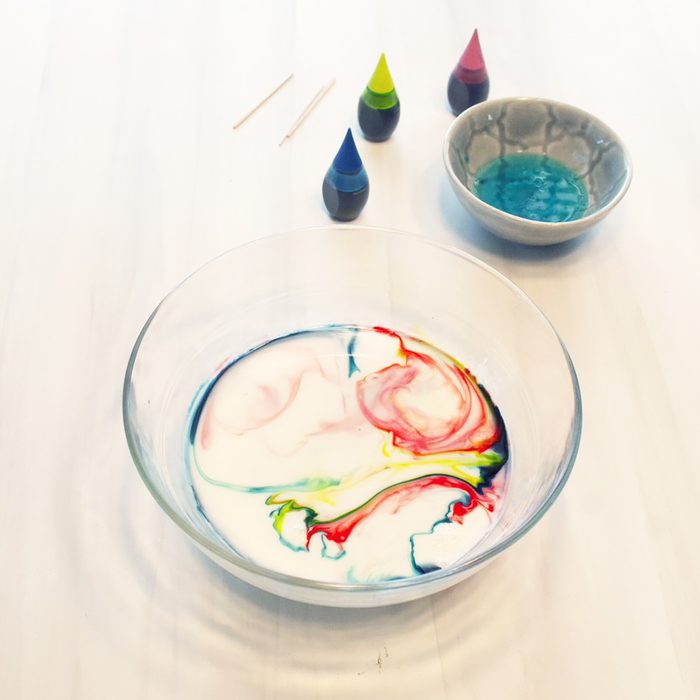
Make Marbled Milk
For this experiment, you’ll need 2% or whole milk, food coloring, liquid dish soap, a glass dish and toothpicks. Pour the milk into the dish. Then, add a few drops of food coloring. But don’t stir! Dip the toothpick into the dish soap, then into the milk. Use the toothpick to swirl the colors. You should see the colors run all over the surface of the milk. Remember, you can’t drink this milk! Snack on one of these rainbow recipes instead.
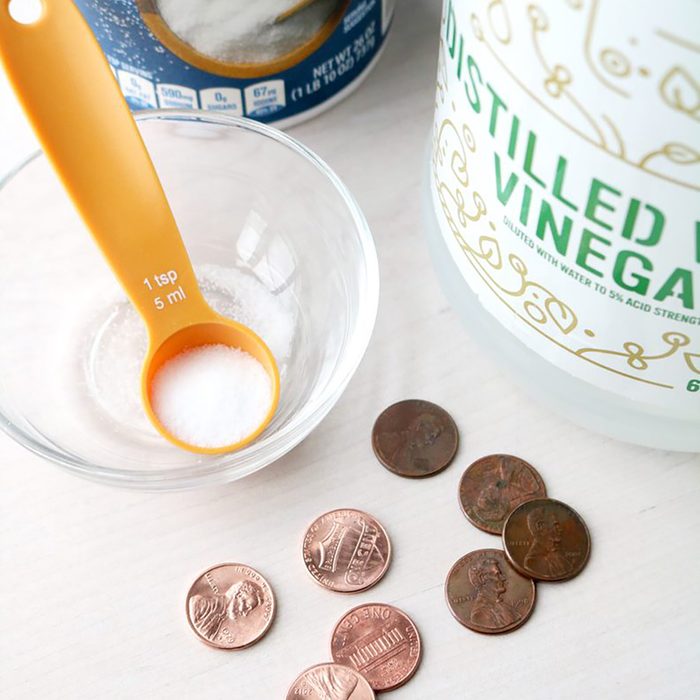
Clean Pennies with Pantry Ingredients
This will help kids start to understand chemical reactions. You’ll need a few dirty pennies, 1/3 cup white vinegar and a teaspoon of salt. Put all the “ingredients” in a small glass bowl and stir. Count to 60, then rinse. Your change should be shiny! The acetic acid in vinegar dissolves dark copper oxides and leaves each penny looking as good as new. Find more ways to clean with vinegar at home.
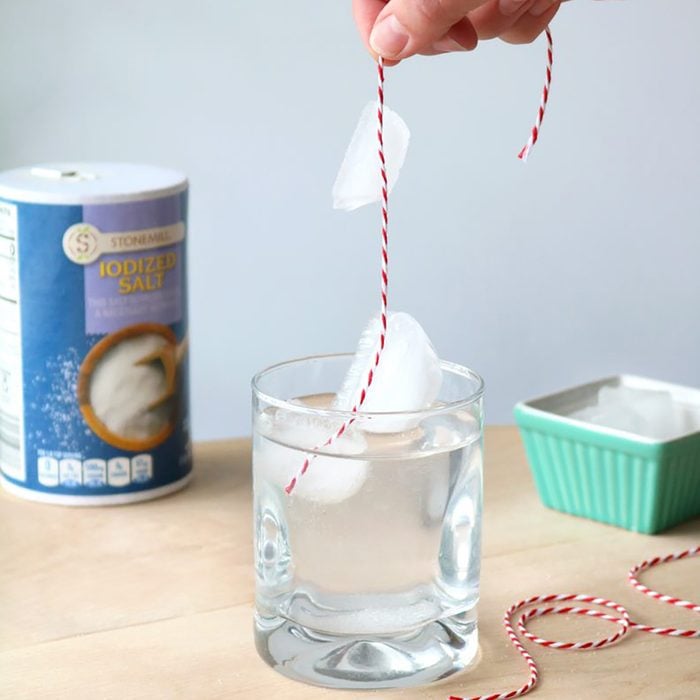
Learn Why Salt Melts Ice
Why does salt melt ice? Here’s how it happens. Simply fill a glass with water and three to four ice cubes and dip a string inside. You’ll notice nothing happens. Then, sprinkle some granular salt, keeping the string in the glass (touching the cubes). Pull the string out. You’ll notice that a few ice cubes will temporarily stick to your line!
The salt thaws the outer layer of the ice cube. Then, when the salt moves past, the cubes will re-freeze, trapping the string next to the cube. Here’s how to keep your ice cubes from sticking together.
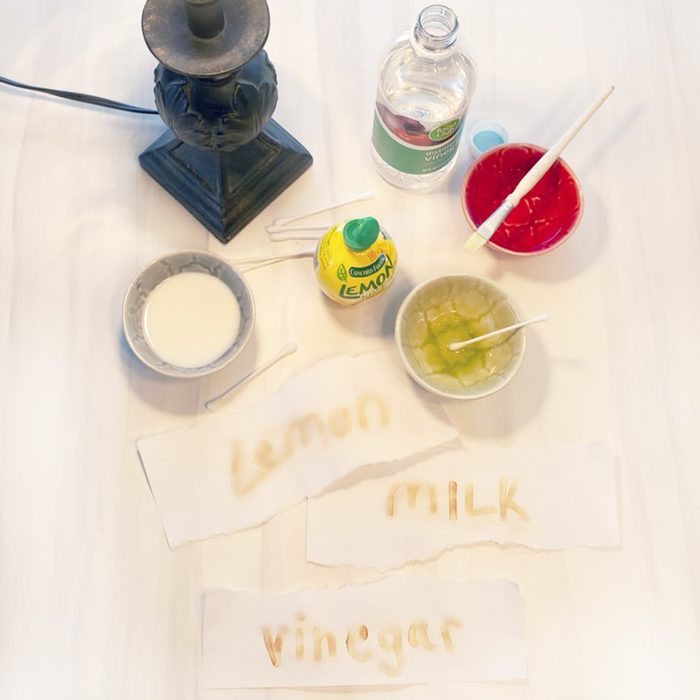
Make Invisible Ink
Time to get top-secret. Ingredients such as vinegar, white wine, milk, citrus or onion juice can double as heat-activated invisible inks. Write a message on a piece of paper with your chosen ink.
Let the paper dry. To see the message again, hold it up to a heat source—a hot light bulb works best so as not to burn the paper. Your hidden message should appear! Use this trick to make treasure maps for your next party (and munch on some of these treats).
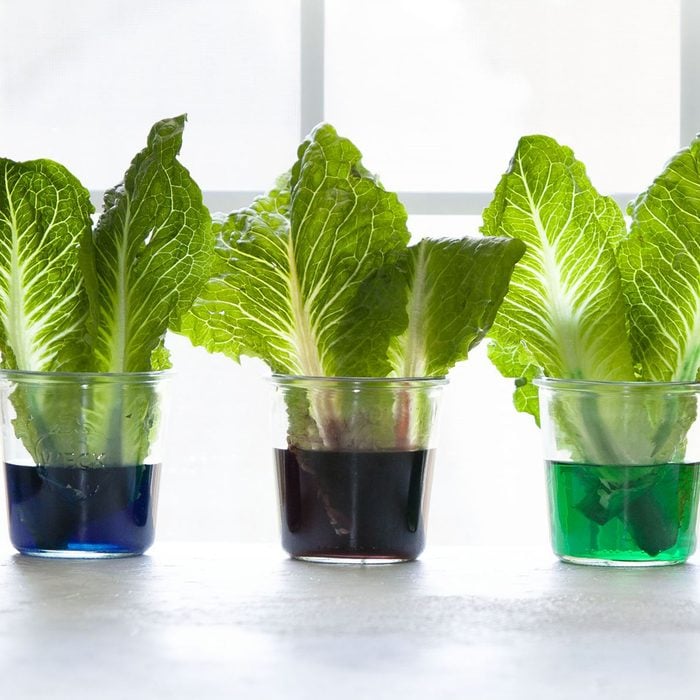
Watch a Plant Eat
Putting vegetables in food dye shows you exactly how plants work at a cellular level. You’ll need romaine lettuce, food dye and a cup of water. Cut off the bottom of a lettuce leaf. Place it in dyed water and check back in over the next two days.
Editor’s Tip: Darker dyes are easier to see than lighter colors.
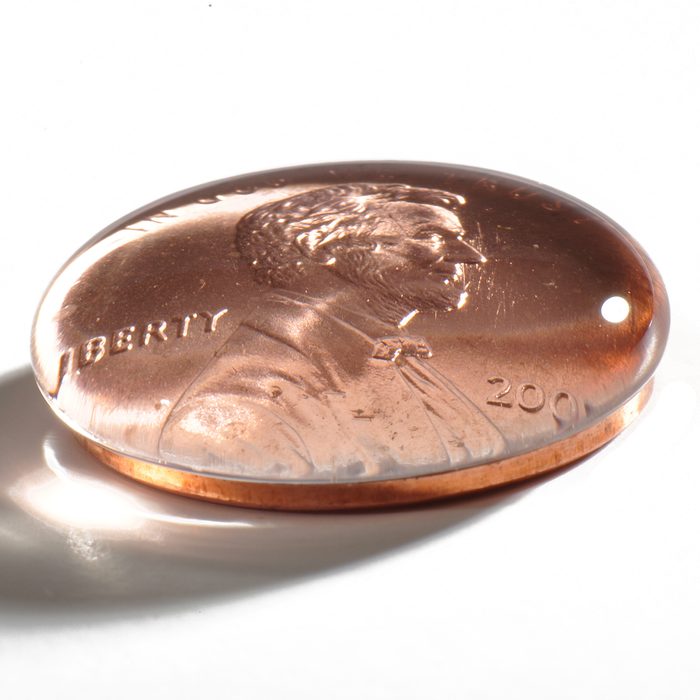
Do Another Penny Experiment
This is another surface tension experiment. It teaches how strong surface tension forces are; specifically, with water molecules. You’ll need a coin, medicine dropper or pipette, and water. Lay the coin down flat. Drop water one droplet at a time onto the coin’s surface and count how many drops you can fit before the water spills over the side. It’s more than you expect, right?